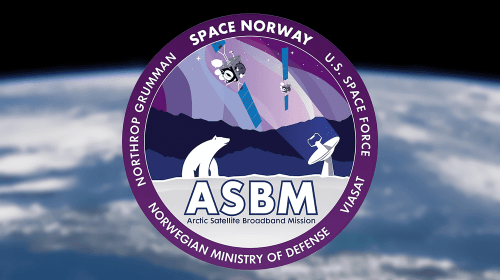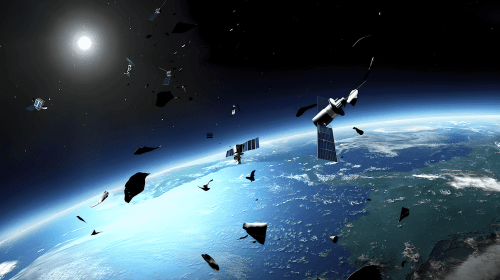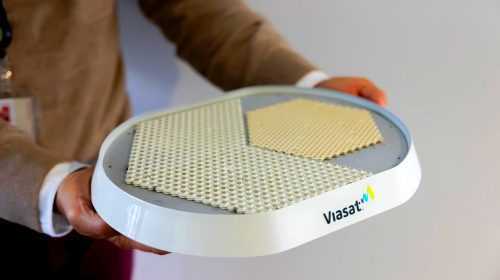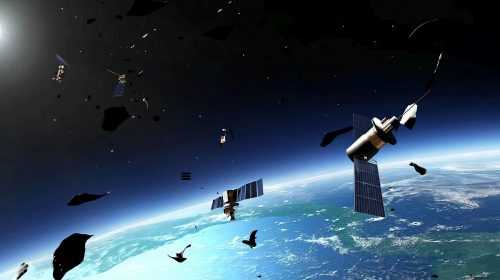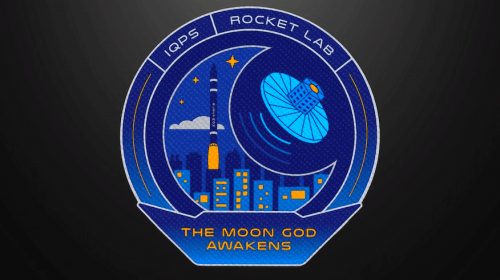Apr 20, 2018
Who remembers the “Cold War”? In 1958, Nikita Khrushchev, in what was intended to be an insult, christened Vanguard 1, the “grapefruit satellite.” Guess what! The grapefruit sized satellite, Vanguard 1, 60 years later, still flies! What’s more – the satellite industry is preparing to follow its exploratory footsteps.

A little history….
By the early 1950s rocket technology developed in World War II had advanced to the stage where it was ready to launch the first satellites. The race to be first had some fine competitors. It was expected that the United States, Soviet Union, United Kingdom, France, Japan and Australia were all in the running. At this time NASA did not exist, but the scientific community had been working towards a joint effort to study the Earth, which they called the International Geophysical Year” (IGY), which was to take place in 1957 – 58. A dream of measuring the Earth from the outside began to take shape.
Everything we knew about the Earth came from below, from inside the atmosphere. That first satellite would change everything, and help pave the way into NewSpace, a philosophy of private space flight. The IGY decided to add a satellite launch and the “space race” became real. The challenges were immense.
Politics
Vanguard 1, a grapefruit-sized ball of aluminum with six antennas and some very small solar cells was launched into orbit 60 years ago. It was intended to make the US first in space. The name Vanguard means “leading the way.” It turned out not to be first, as originally hoped. The times were difficult and science was not necessarily the primary goal of space exploration. Winning hearts and minds turned satellites into ideological tools demonstrating the technological superiority of the competing factions – capitalism vs communism.
For the US program there were internal political issues. IDY was civilian. Rockets were military. No SpaceX in those days. The project had to be presented as being civilian in nature and with peaceful intentions. This task fell to the US Naval Research Lab. Missiles became rockets, made for scientific research. Complicating the issue was that the military wanted to know as much about the upper atmosphere as civilians, for weapons development purposes.
As our history books have recorded, the Soviet Union’s Sputnik 1 became the first satellite to orbit the Earth on October 4, 1957. Sputnik 2 and Explorer 1 (US) followed. Six months later on March 17, 1958 Vanguard 1 was placed into orbit 600 Km (370 miles) above the earth. The “grapefruit satellite” officially became space junk after its batteries died in 1964 – but it’s still up there, long after the others burned up in the atmosphere.
Challenges and Technology
Something abundantly clear is that space is big. Really big. Launching a grapefruit sized satellite into space was one thing. Knowing where it was, was another. The math indicated where the satellite should be, but this had to be confirmed by eyes on the ground. It’s great that you can launch a satellite into space, but how do you gather the data it generates? Part of the answer was “Project Moonwatch,” proposed by the Smithsonian Astrophysical Observatory’s Fred Whipple. What we call “citizen scientists” today watched for Vanguard 1 around the world, using binoculars and telescopes supplied by the Smithsonian. Vanguard 1 was the pioneer for earth-based tracking stations hosted by multiple nations around the world.
Vanguard 1 was the first satellite equipped with solar electric power. It was designed to help test the launch capabilities of a three stage launch vehicle, and to study the effects of a space environment on satellites and their systems in orbit around the Earth. It reported back using two transmitters, one powered by a mercury battery, the other by solar cells.
Science
Original estimates for the orbit of Vanguard 1 were up to 2,000 years. It was discovered that solar radiation pressure and atmospheric drag when solar activity levels are high produce significant changes to the height of the satellite. As the satellite orbited, altitude, latitude, seasons (which affect how much sunlight is received), and solar activity were monitored. It was discovered that the satellite would deviate slightly from its projected orbit, accumulating greater and greater shift due to the drag of what little atmosphere remained. This research helped us understand how the upper atmosphere gradually tapers off at the edge of space. The current estimate for Vanguard’s orbital lifetime has been reduced to 240 years.
Using two thermistors, (resistors that measure temperature), on Vanguard 1, the effectiveness of thermal protection on the internal temperature of the satellite was captured and reported. The reporting stopped after 16 days when the battery powered transmitter failed. Solar power continued to support data transmissions for over six years before the last signal was received in May of 1964.
Relevance
When Khrushchev coined the term “grapefruit satellite” he didn’t mean it as a compliment. Over time, satellites became large, up to the size of double-decker buses. The industry is turning back to the grapefruit satellites. They are cheap to build using off-the-shelf components. They don’t have to be kept in orbit for centuries; they can do their job and burn up in the atmosphere. Space is becoming affordable thanks to new launch technology, and anyone from students to startups can participate. As we learned recently, SpaceX plans to launch a network of over 7,500 small satellites to deliver broadband satellite services. A grapefruit sized satellite led the way.

